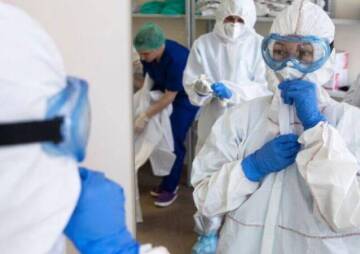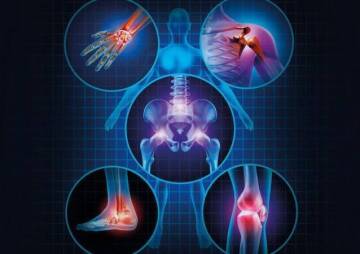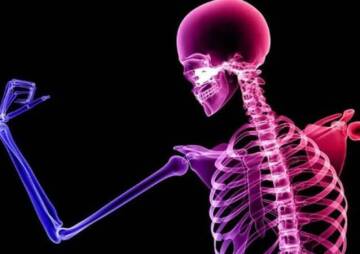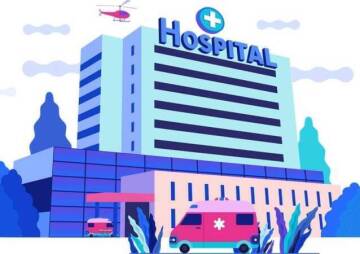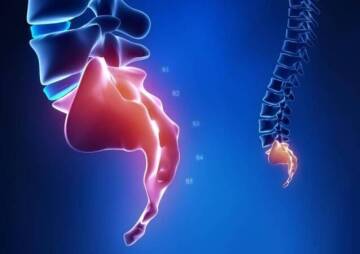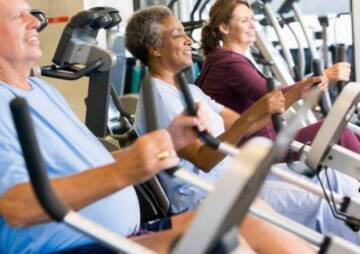-
فئة
Craniomaxillofacial Surgery
Orthopedic Surgery
Spine Surgery
Orthopedic Implants
Hip Surgery
Knee Surgery
Pectus Excavatum
Bone Graft
Disinfectants
Healthcare
Bone fractures, causes, symptoms and treatment
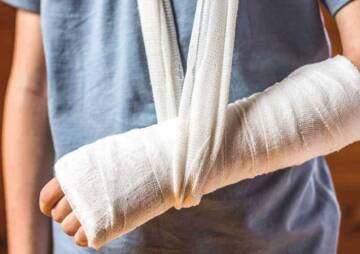
Bone fractures occur annually for millions of people around the world. In this article, we explain the types of fractures, symptoms and ways to prevent bone fractures so that you can suffer less damage.
Bone fractures occur annually for millions of people around the world. There are many types of painful illnesses, usually caused by sports injuries, car accidents, or falls. Fractures heal in a variety of ways, however they may cause bone weakness and problems such as osteoporosis, some cancers, or osteogenesis imperfecta. In this article, we have fully explained the symptoms and ways to prevent fractures. Stay with us.
Bone fractures and their types
Most human bones are amazingly strong and can generally withstand relatively strong blows or forces. However, if this force is too strong, or there is a problem with the bone, it can cause a fracture.
Children have delicate and flexible bones, and when their bones break, they deform if they do not fuse properly. In middle-aged people, bones will be less resistant to impact and pressure, so they are more likely to break.

Types of bone fractures
Fractures can occur in any bone in many different ways. Types of fractures include:
Closed fractures:
It is a type of fracture that does not damage the surrounding bone tissue or tear the skin.
Open fracture
If a fracture causes the surrounding tissues and skin to rupture, it is known as an open fracture
Complete fractures
The fracture passes completely through the bone and separates it into two parts.
Displaced fractures
A gap forms where the bone breaks. Often, this injury requires surgery to repair it.
Avulsion fracture
In this case, it kills the muscle or ligament of the bone and causes it to break.
Commonuted fracture
The bone is broken into many pieces.
Compression fracture
This type of fracture usually occurs in the spongy bone of the spine. For example, the front of the vertebrae in the spine may collapse due to osteoporosis.

Fracture dislocation
In this case, the joint is dislocated and one of the joint bones is broken.
Greenstick fracture
This type of fracture is more common in children who have soft bones. Usually one side of the bone is broken and the other side is bent.
Hairline fracture
This type of fracture is very minor.
Impacted fracture
It happens when one bone breaks and puts pressure on another piece of bone.
Intraarticular fracture
Fractures occur at the joint surface.
Longitudinal fracture
Fractures along the bone.
Oblique fracture
Fractures occur obliquely in the long axis of the bone.
Pathological fracture
It is a type of fracture in which a person has very weak and fragile bones due to disease.
Spiral fracture
A fracture occurs where at least part of the bone is twisted.
Stress fracture
It is more common among athletes. The bone breaks due to repeated blows and pressures.
Torus fracture
The bone deforms but does not crack. This fracture is more common in children.
Transverse fracture
It is a kind of direct fracture right from inside the bone.
Symptoms of bone fractures
The symptoms of a bone fracture vary greatly depending on the area and its severity. But the most common of these are:
- the pain
- Inflation
- Bruising
- Discoloration of the skin around the affected area
- Unusual curvature
- The patient cannot move the affected area
- The patient may feel abrasions at the site of the injured bone or joint
- In the case of an open fracture, there may be bleeding
- When a large bone, such as the pelvis or thigh bone, breaks, the sufferer may look pale and uncomfortable, and may feel dizzy, weak, and nauseous.

What are the most important causes of fractures?
Most fractures are caused by a bad fall or car accident. Healthy bones are very strong. But with age, factors such as weakness and osteoporosis and a greater risk of falling increase the risk of fractures.
Children who tend to do more physical activity than adults are also prone to fractures.

People with underlying conditions such as osteoporosis, infection or tumor also have a higher risk of bone fractures.
Stress fractures, which are caused by frequent and stressful stresses that are commonly seen among sports professionals, are another major cause of fractures.
How to diagnose a bone fracture
To diagnose a bone fracture, doctors perform several clinical examinations and use imaging techniques to examine the type of fracture.

Imaging with X-ray is a two-dimensional imaging is usually the first option is the use of bone fractures.
When X-rays are unable to detect a fracture, a bone scan is used, which is usually done in two steps and is time consuming.

CT scan is a method that uses computers and X-rays to make accurate imaging slices of the bone to identify bone problems.
MRI uses highly magnetic fields to produce highly accurate images. MRI is often used to diagnose stress fractures.
Treatment of broken bones
Bone repair is a natural process that, in most cases, occurs spontaneously. However, medical treatment for fractures is usually done to ensure that the best possible function is performed on the affected area after healing. The treatment tries to provide the best conditions for recovery (bone immobility).
To begin the healing process, the ends of the broken bones must first be put in place. Sometimes surgery is needed to do this.

Once the bone is in the right place, the bone needs to stay still for a while. Various methods are used to do this.
Plaster casts or plastic splints hold the bones in place until they heal. Smaller bones, such as fingers and toes, are not plastered and are usually held in place only with special splints.
Sometimes it is necessary to use pulleys and weights to stretch the muscles and tendons around the broken bone to align and heal the bones.

In cases where surgery is needed, steel plates and frames and metal screws, internal metal rods located below the long bones, are used for treatment. Sometimes flexible wires are used for children and external fasteners made of metal or carbon are used. Fixers have steel pins that are inserted directly into the bone through the skin and are a type of scaffold outside the body.

The question may be asked how the insertion of these steel pins does not damage the bone but the fracture will damage it? This difference is actually like the difference between a surgical knife cut and a knife cut. It is true that none of these materials are good, but the use of pins for fully controlled bone is done and the risks far outweigh the benefits. In fact, without these pins, bone healing will not be possible. In addition, piercing the bone does not disrupt the integrity of the tissue.
How long does it take to heal a fracture?
It is usually necessary for the fractured area to remain immobile for two to eight weeks. This time period depends on which bone is broken and whether there are complications such as a blood flow problem or infection. The patient's age, mobility and non-smoking during the treatment period affect the speed of treatment.

Doctors always recommend physical therapy after the bones heal so that the muscles in the affected area can return to normal. If you do physiotherapy between three and five weeks after the bone heals, the muscles will return to normal strength.

Is there a complication of a bone fracture?
Like many injuries, bone fractures can lead to complications. These may include the following:
- Blood clots: Sometimes they are caused by a fracture of blood clots that are released in the blood vessels and move around the body, sometimes entering the vital parts of the body and causing death.
- Complications of using a cast include skin wounds and joint stiffness
- Compartment syndrome that results in bleeding or swelling in the muscles around the fracture
- Hemarthrosis can also cause bleeding in the joint and cause it to swell.
How to prevent bone fractures?
You can prevent many fractures by preventing falls, maintaining your body shape, and getting the right vitamins and minerals.
The human body needs enough calcium to have healthy bones. Milk, cheese, yogurt and dark leafy vegetables are good sources of calcium. Vitamin D also helps absorb calcium. Exposure to sunlight as well as eating eggs and oily fish are good ways to get vitamin D.
Exercises that transfer body weight to the bones will also make your bones stronger and thicker. Walking, running and dancing and the like.

Doing balance exercises at home, using walkers and crutches for the elderly, removing obstacles such as wires and carpets from under the feet at home, proper lighting, proper shoes, and periodic vision tests also reduce the risk of falling.

Concluding remarks
Even if the bones are strong, they can still break. Bone fractures are painful and take a long time to heal. You need to be patient to return to your normal state. It is enough to be careful not to get this disease and be sure to consult a doctor to control osteoporosis . Be sure to read our other articles to understand the problems of osteoporosis.
- اشارة osteoporosis
